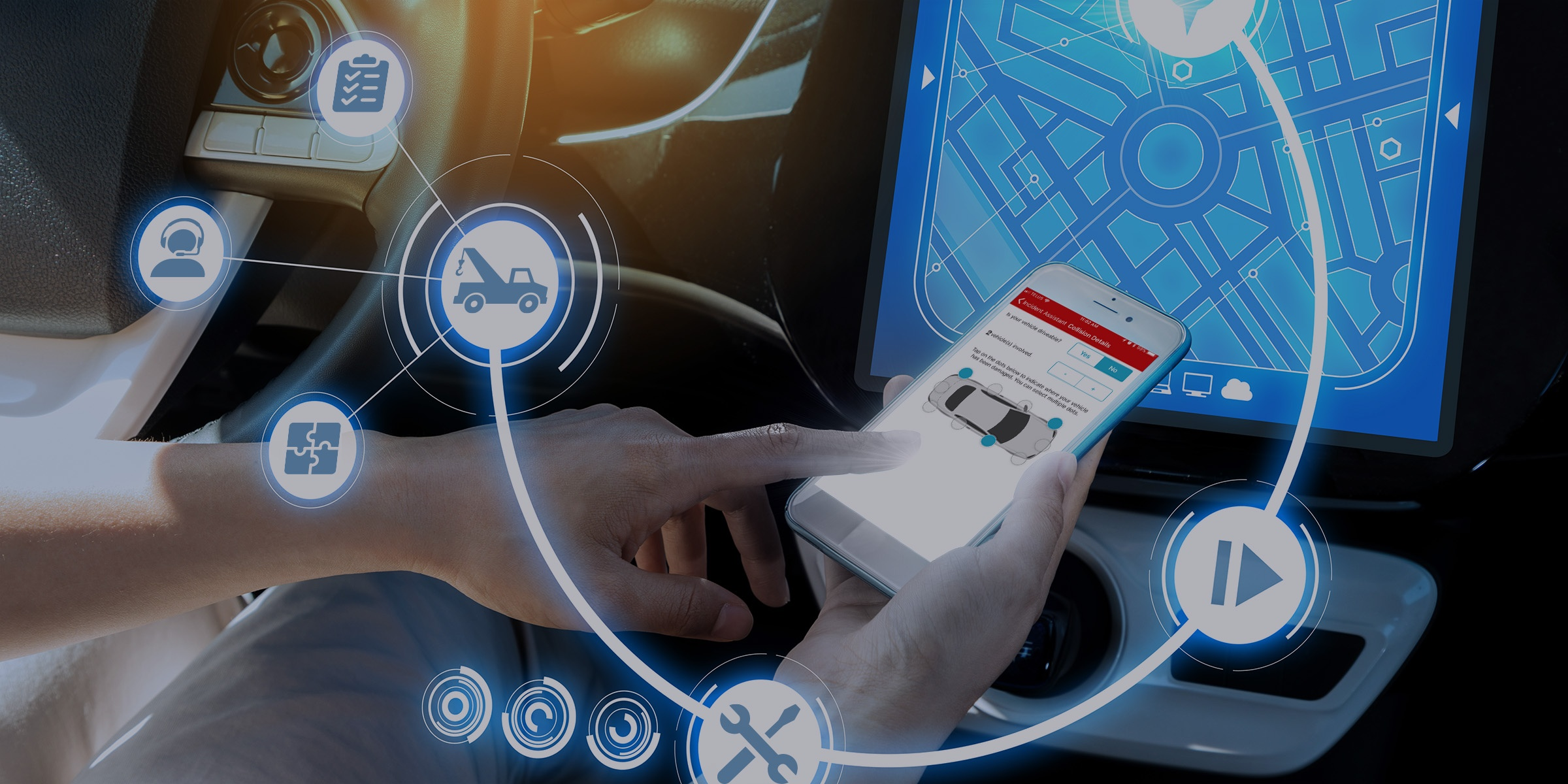In a time where auto insurance claims costs are increasing faster than ever, finding a reliable way to reduce them is key.
With the digitization of auto insurance including usage-based insurance, on-demand programs and new digital apps, getting an accurate premium to insure a vehicle and engaging with an insurer has become easier and more accurate than ever before. As a result, policyholders have come to expect that any future interaction with their insurer, such as in the case of a claim submission, will be just as easy and efficient. In fact, consumer research shows that if a policyholder doesn’t receive the speed, accuracy, and transparency expected in the claim process, they are more likely to switch insurers – 44% more likely! The same research also found that 59% of policyholders involved in an accident would share data to speed up the claims process, and 30% would share data to receive recommendations to avoid loss. As a result of this, an increasing number of insurers are exploring digital, insurance telematics-powered claims management processes which have been proven to not only help increase policyholder satisfaction and thus, retention but also reduce the cost of claims.
CLAIMS FACTS
As per Figure 1 below, from 2012 to 2016, the frequency and severity of claims related to bodily injury, property damage, collision and comprehensive have steadily increased and that pattern is still true today. Given the increase in distracted driving incidents as well as an increase in the number of drivers on the road, this trend is inevitable. In addition, Figure 2 outlines the incurred losses for auto insurance from 2012-2016 for private auto insurance.
As per the data outlined above, incurred losses for auto insurers are steadily on the rise. This is in part due to the increase of accidents taking place every year which results in a higher frequency of claim submissions and therefore, more chances a policyholder may not be satisfied with the service they receive and as a result, switch insurers. Research shows that 40% of drivers who submit a claim are likely to switch insurers within the year, therefore, having a comprehensive solution in place to successfully manage the claim a policyholder involved in an accident will submit is imperative. The key to improving the claims management process lies in generating greater customer satisfaction and launching a more effective incident detection process, such as through insurance telematics-powered incident detection.
Solution: Insurance Telematics – Powered Incident Detection
The data collection mechanisms and information acquired through telematics solutions can contribute significantly to incident detection. Upon confirmation, telematics-powered incident detection enables faster, accurate and more efficient notifications to insurance carriers, which helps facilitate vehicle replacement or towing services for the policyholder. Effective claims management including, First Notice Of Loss (FNOL), can reduce the average total cost of a claim by up to $800 if reported within 30 minutes and enable insurers to detect and prevent fraud, which collectively cost US insurers $5 – $7 billion annually.
Insurance telematics-powered incident detection for the claims management insurance process can provide auto insurers with rapid notification of a claims incident, allowing insurers to immediately begin assisting the policyholder and processing the claim, while directing the towing service to the policyholder’s desired service center. It does so by leveraging available device sensors (e.g. accelerometer, gyroscope), collected driving data (e.g. speed), and contextual data sources (e.g. road segment data to detect crashes with high confidence).
Benefits of Insurance Telematics-Powered Incident Detection include:

